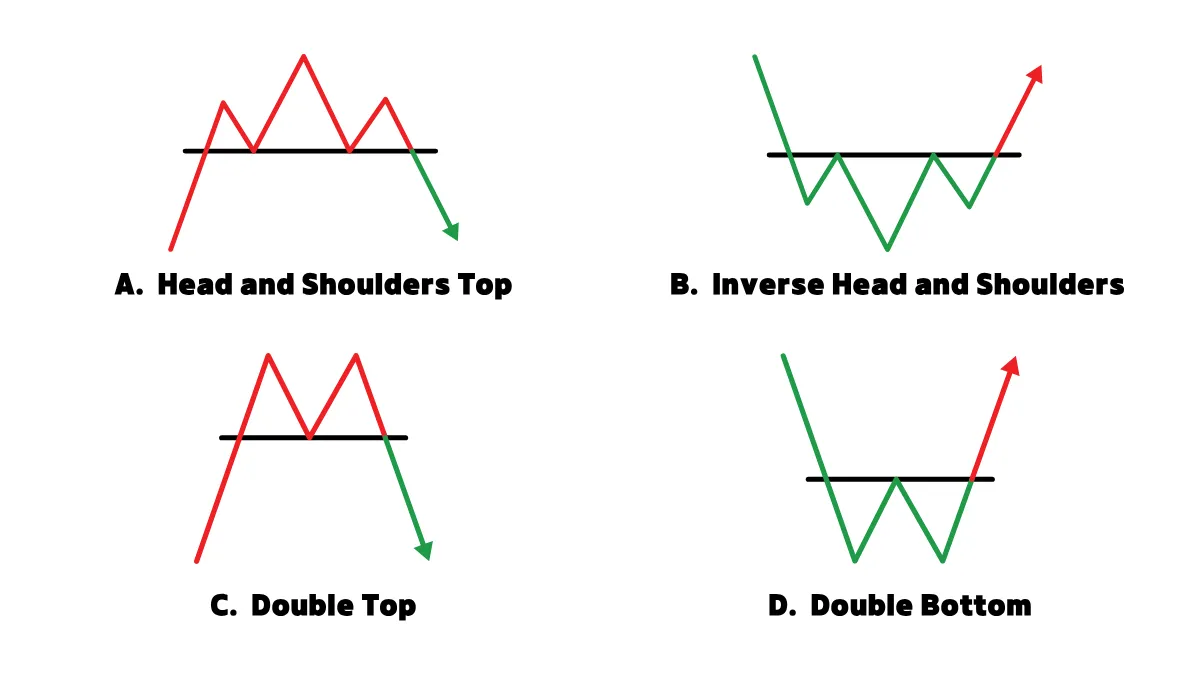Achieving Success Through Simulation Trading
Simulation trading (Demo Trading) is a valuable tool that both forex beginners and experienced traders should make good use of. Through simulation trading, traders can trade under real market conditions without risking any actual capital. This risk-free environment allows you to learn market dynamics, test trading strategies, and gradually build trading confidence, laying the foundation for future success.
1. What is Simulation Trading?
Simulation trading is a real market simulation using virtual funds. Most forex brokers offer simulation trading accounts, allowing you to try trading without risk. You can operate using the same data as the real market, experience the fluctuations of the forex market, and test different trading strategies.
Virtual Funds: The funds in a Demo Account are not real and are usually provided by the broker in large amounts for you to trade with.
Real Market Data: Although the funds are virtual, the market prices and fluctuations you operate on are real.

2. Advantages of Simulation Trading
Simulation trading offers many advantages, especially for beginners. Here are some key benefits:
- Risk-Free Environment: You can learn and practice forex trading without risking any actual capital. This allows you to make mistakes freely and learn from them without worrying about losing money.
- Testing Trading Strategies: Whether you are a beginner or an experienced trader, you can use the Demo Account to test new trading strategies or technical indicators to see how they perform under different market conditions.
- Learning Market Operations: Simulation trading familiarizes you with the fluctuations of the forex market, the order execution process, and price changes. You can learn how to use different order types in this environment and observe how the market reacts to economic data or news.
- Building Trading Confidence: For beginners, simulation trading is a process of building confidence. As you gain more experience in a risk-free environment, you will feel more confident entering live trading.
3. How to Maximize the Use of Simulation Trading?
To make the most of simulation trading, you need to treat it as part of real trading and develop a clear learning and testing plan. Here are some practical tips:
- Draft a Realistic Trading Plan: Even for simulation trading, you should create a realistic trading plan, setting specific entry points, exit points, risk management strategies, etc. This will help prepare you for future real trading.
- Strictly Implement Risk Management: Simulation trading gives you the opportunity to practice risk management. Set stop-loss orders and profit targets, and learn how to protect your virtual funds in a volatile market.
- Simulate Different Market Conditions: Using the Demo Account, you can test strategies under different market conditions, including high volatility markets, trending markets, or consolidating markets. This way, you can better cope with various situations you may encounter in live trading.
- Maintain a Realistic Mindset: Although simulation trading does not involve real funds, you should approach it with a real trading mindset. Avoid taking excessively risky trades, as you would not want to do this in a real account.
4. Limitations of Simulation Trading
Despite the many advantages of simulation trading, it also has some limitations. Understanding these limitations will help you view the results of simulation trading more clearly:
- Psychological Factors Differ: When trading in a Demo Account, the psychological reactions of traders often differ from those in real trading due to the absence of real capital pressure. In actual trading, emotions like fear and greed can affect decision-making, which cannot be fully reflected in simulation trading.
- Spread and Slippage May Differ: Simulation trading may not fully reflect the spread and slippage conditions in live trading. In a real account, especially during high market volatility, changes in slippage and spread can affect your trading results.
- Execution Speed May Differ: In a Demo Account, order execution speed is usually very fast, but in the real market, order execution may be delayed due to liquidity or market volatility.
5. Transitioning from Simulation Trading to Live Trading
Once you have achieved stable results in simulation trading, you can consider gradually transitioning to live trading. Here are some transition suggestions:
- Start with Small Trades: Even if you are very successful in the Demo Account, you should start with small live trades to gradually adapt to the psychological pressure of trading with real funds.
- Maintain the Same Trading Discipline: In live trading, maintain the discipline and risk management principles established in simulation trading. This will help you maintain stable performance in live trading.
- Continue Learning and Adjusting Strategies: Even in live trading, you can still return to the Demo Account to test new strategies or adjust existing ones. The Demo Account is a new tool for you to learn and practice.
Conclusion
Simulation trading is an ideal learning and practice tool that can help you achieve success in real trading. By testing strategies in a risk-free environment, learning market dynamics, and building confidence, you will be well-prepared for future live trading. Whether you are a beginner just starting out or an experienced trader looking to optimize trading strategies, simulation trading is an important step towards success.
Hi, We are the Mr.Forex Research Team
Trading requires not just the right mindset, but also useful tools and insights.Here, we focus on Global Broker Reviews, Trading System Setup (MT4 / MT5, EA, VPS), and Forex Trading Basics.
We personally teach you to master the "Operating Manual" of financial markets, building a professional trading environment from scratch.
If you want to move from theory to practice:
- Help share this article to let more traders see the truth.
- Read more articles on Broker Tests and Forex Education.






One Response
This blog is such a hidden gem I stumbled upon it by chance and now I’m completely hooked!